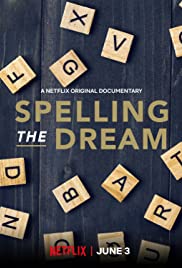
Since 1999, 18 of the last 22 winners of the Scripps National Spelling Bee have been Indian-American, making the incredible trend one of the longest in sports history. “Breaking the Bee” is a feature-length documentary that explores and celebrates this new dynasty while following four students, ages 7 to 14, as they vie for the title of spelling bee champion.
You May Also Like
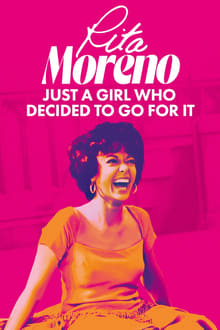
Rita Moreno defied both her humble upbringing and relentless racism to become one of a select group who have won an Emmy, Grammy, Oscar and Tony Award. Over a seventy year career, she has paved the way for Hispanic-American performers by refusing to be pigeonholed into one-dimensional stereotypes.


Computers, smart phones, and tablets are now a part of our daily lives. They have revolutionised the way we work, the way we communicate and the way we view the world. But what happens to our old phone when we upgrade? Where does our broken computer go after we throw it out? ‘e-Life’ explores what happens to our electrical goods when we throw them away and exposes some unpleasant (and perhaps unknown) truths about the detrimental affects e-waste has on people’s health, the environment and the economy. From consumers in the UK to the recyclers in the dumps of Ghana, the documentary will follow the journey of our e-waste. We will examine current manufacturing and disposal processes and also assess the burden the boom in electronic goods is placing on global resources. ‘e-Life’ will be an objective portrayal of the problem of e-waste that documents the issue through carefully crafted cinematography.
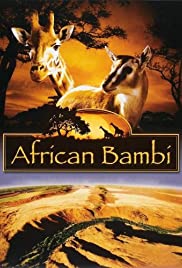
A Giraffe mother tells the story of three young gazelle fawns who have to experience great adventures on the plains of Africa.
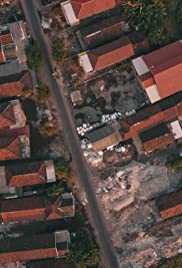
The Story of Plastic is a seething expose uncovering the ugly truth behind the current global plastic pollution crisis. Striking footage shot over three continents illustrates the ongoing catastrophe: fields full of garbage, veritable mountains of trash; rivers and seas clogged with waste; and skies choked with the poisonous runoff from plastic production and recycling processes with no end in sight. Original animations, interviews with experts and activists, and never-before-filmed scenes reveal the disastrous consequences of the flood of plastic smothering ecosystems and poisoning communities around the world – and the global movement rising up in response.

A true crime documentary inspired by one of the most polarising criminal trials of recent history. It explores themes including disability, race, sex and perception of consent by looking back on the controversial case of philosophy professor Anna Stubblefield.

War reporter Bob Woodruff leads veterans on an Arctic expedition to test a cure for post-traumatic stress and depression: the experience of awe in nature. As they trek across one of the world’s most dramatic and pristine wildernesses, researchers monitor changes to their physical and emotional well-being. Could this be the medicine they’ve been looking for?
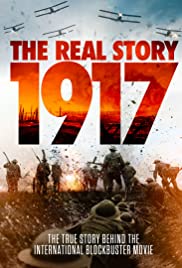
‘1917: The Real Story’ documents the true story behind the international blockbuster film ‘1917’ – providing an insight into the real-life characters, and what became of them.
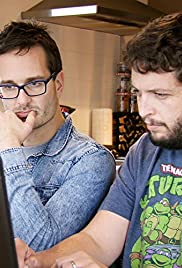
20-minute follow-up made up of never-before-seen footage It will reportedly involve the “bizarre and unsettling things” that happened to Farrier and Reeve as the began taking Tickled to film festivals and theaters last year, and it will feature the two of them beginning to “answer questions that remained once the credits rolled on Tickled, including whether the disturbing behavior they uncovered will ever come to an end.”

An exclusive interview with the performer, businesswoman, philanthropist and global icon.

The first documentary about France’s post punk and cold wave scene in the late 1970s and early 1980s. During an art show at agnès b. gallery in 2008, Jean-François Sanz has gathered some exceptional material that brings to light, through archival footage and about thirty interviews to the main players, the pop culture heritage of that moment.

This haunted reverie drops us inside an Istanbul retirement home, where the battle-scarred residents revel in the camera’s attention. A creaky-voiced woman shares her personal account of the Armenian genocide, a sweetly deluded pianist performs a composition before confessing his love and a blind photographer fiddles with his flash as he points his own camera back at us. All the while, however, the ominous transformation of the land is taking place at the hands of construction machinery.